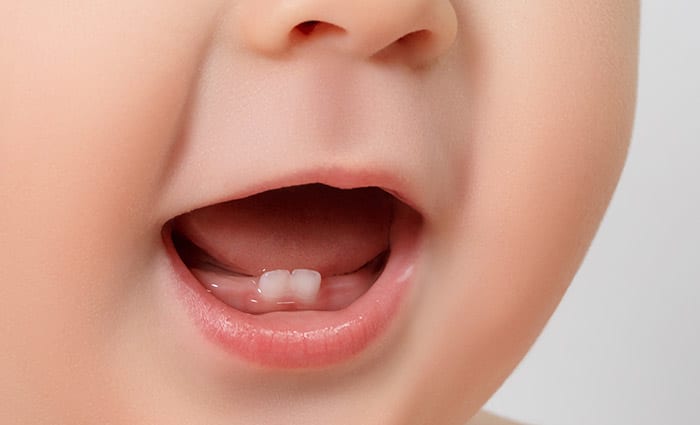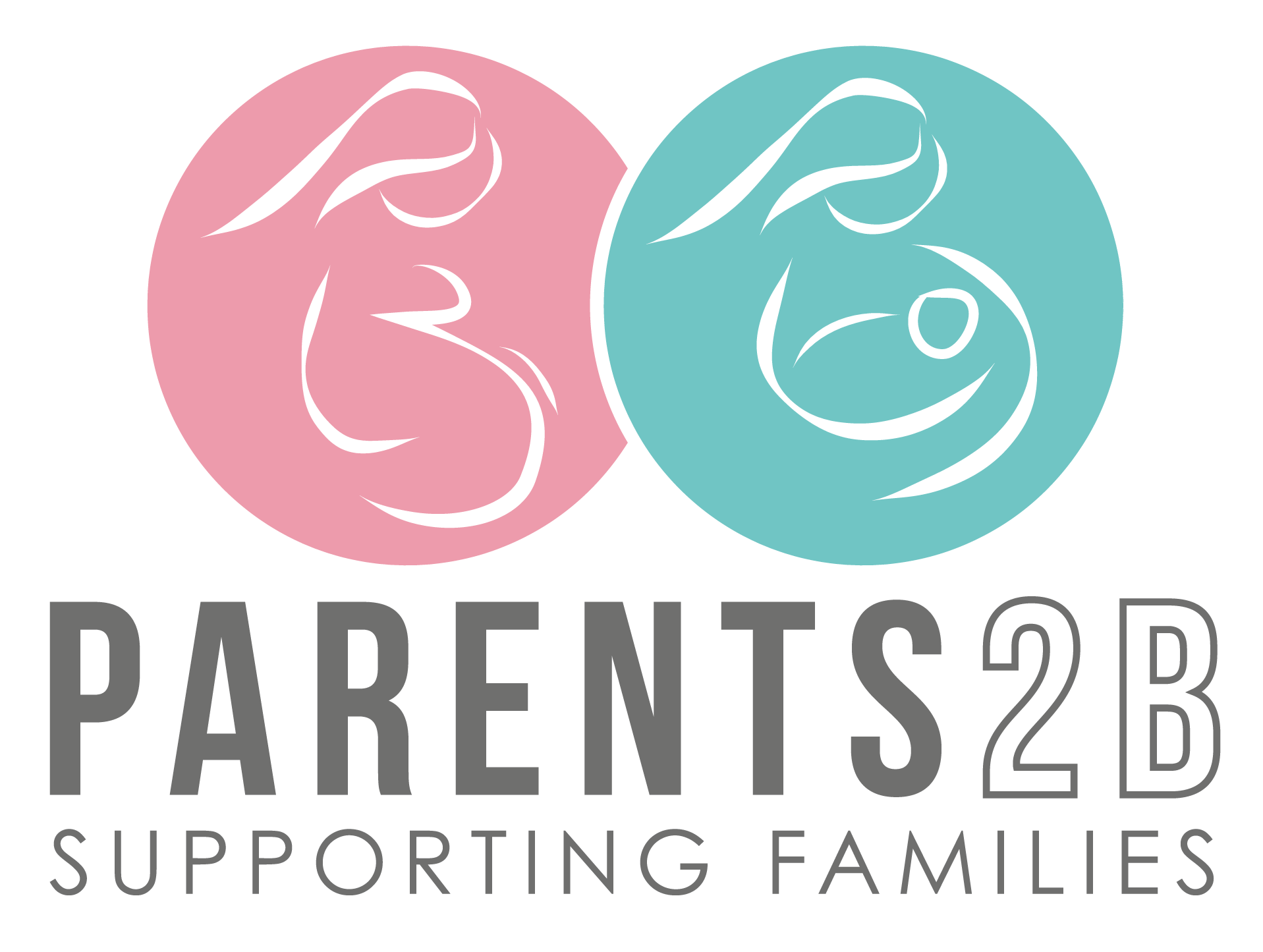
Infant Tooth Decay
Little ones should not be going to sleep with milk on their teeth.
Why?
Milk can pool in the mouth and the lactose sugar in milk feeds the bacteria that cause decay as the baby sleeps. Saliva flow is low during sleep, and so does not protect against damage.
Every child is at risk of tooth decay. The enamel (hard outer layer) is much thinner and softer on baby teeth, making them at greater risk of decay. The good news is that tooth decay is largely preventable.
Wiping your little ones gums with a wet face cloth post feed, offering water post feed or for the toddler, brushing there teeth with a soft tooth brush post milk feed will help reduce the risk of tooth decay.
Other ways include:
When your baby has finished feeding, remove them from the breast or bottle.
Don’t put baby to bed with a bottle.
NEVER put sweet drinks in a baby’s bottle
Start teaching your child to drink from a feeding cup from about six months of age. By around 12 months, they should be drinking only from a cup.
For children over 12 months, water is the main drink. Plain full-fat milk is also a healthy drink choice. Children can drink low-fat milk from two years of age. Fruit juice is not necessary or recommended for children because of its high sugar content and acidity.
For more information click on the link
* The information contained in this website is for general information purposes only. The information is provided by Parents2b and while we endeavour to keep the information up to date and correct, we make no representations or warranties of any kind, express or implied, about the completeness, accuracy, reliability, suitability or availability with respect to the website or the information, products, services, or related graphics contained on the website for any purpose. Any reliance you place on such information is therefore strictly at your own risk.


0 comments
Write a comment